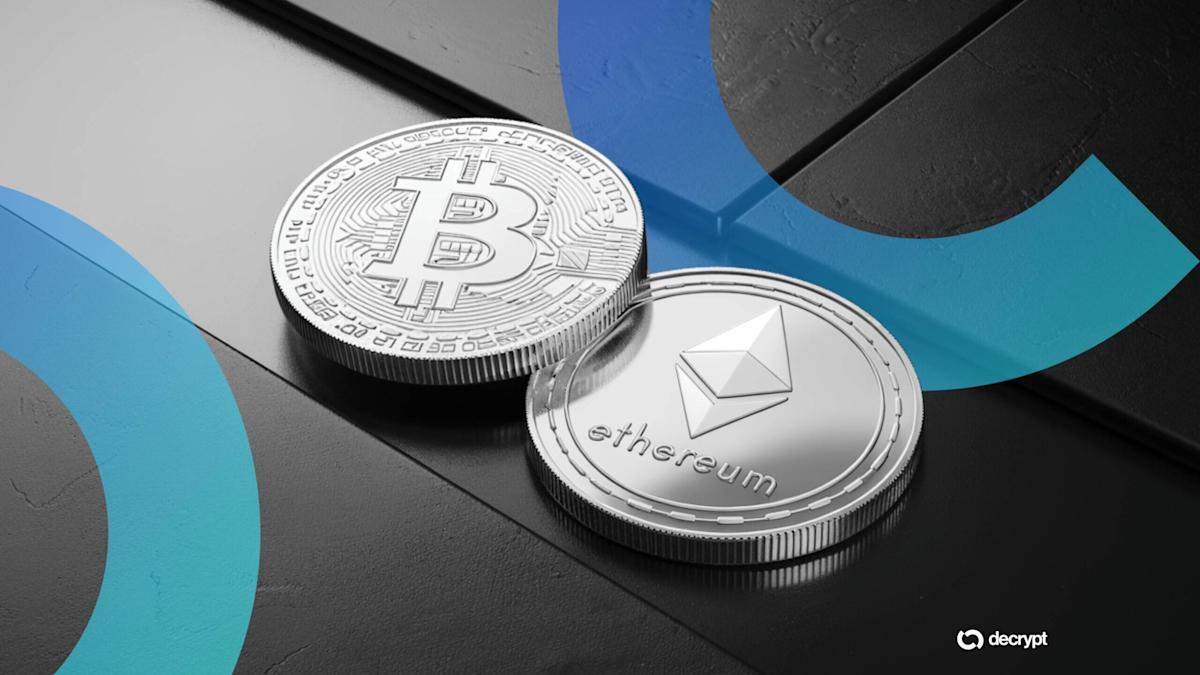More than 1,000 wallets on Hyperliquide were completely liquidated during the recent violent crypto selloff, which wiped out more than $1.23 billion in trading capital on the platform, according to its leaderboard data.
A total of 6,300 portfolios are now in the red, with 205 losing more than $1 million each according to the data, first spotted by Lookonchain. More than 1,000 accounts suffered losses of at least $100,000.
This collapse came as crypto markets were reeling from a global risk-off event triggered by US President Donald Trump’s announcement of an additional 100% tariff on Chinese imports.
The move scared investors across asset classes and caused cryptocurrency prices to plummet. Bitcoin briefly fell below $110,000 and ether fell below $3,700, while the broader market as measured by the CoinDesk 20 (CD20) the index fell 15% at one point.
The massive sell-off led to more than 19 billion dollars in liquidations over a 24-hour period, making it the largest single-day liquidation event in crypto history in terms of dollar value. According to CoinGlassthe “actual total” of liquidations is “likely much higher” because Binance, the leading cryptocurrency exchange, does not release reports as quickly as other platforms.
Leaderboard data reviewed by CoinDesk shows that the top 100 traders on Hyperliquide collectively earned $1.69 billion.
By comparison, the top 100 losers lost $743.5 million, leaving a net profit of $951 million concentrated among a handful of heavily leveraged short sellers.
The biggest winner was wallet 0x5273…065f, who made over $700 million from short positionswhile the biggest loser, “The White Whale“, lost $62.5 million.
Among the victims of the hunt is crypto personality Jeffrey Huang, known online as Machi Big Brother, who has already launched a defamation suit against ZachXBT, losing almost the entire value of his wallet, amounting to $14 million.
“It was fun while it lasted,” he posted on.
Adding to the uncertainty, the current US government shutdown has delayed the release of key economic data. Without official indicators, markets are flying blind at a time when geopolitical risk is increasing.










